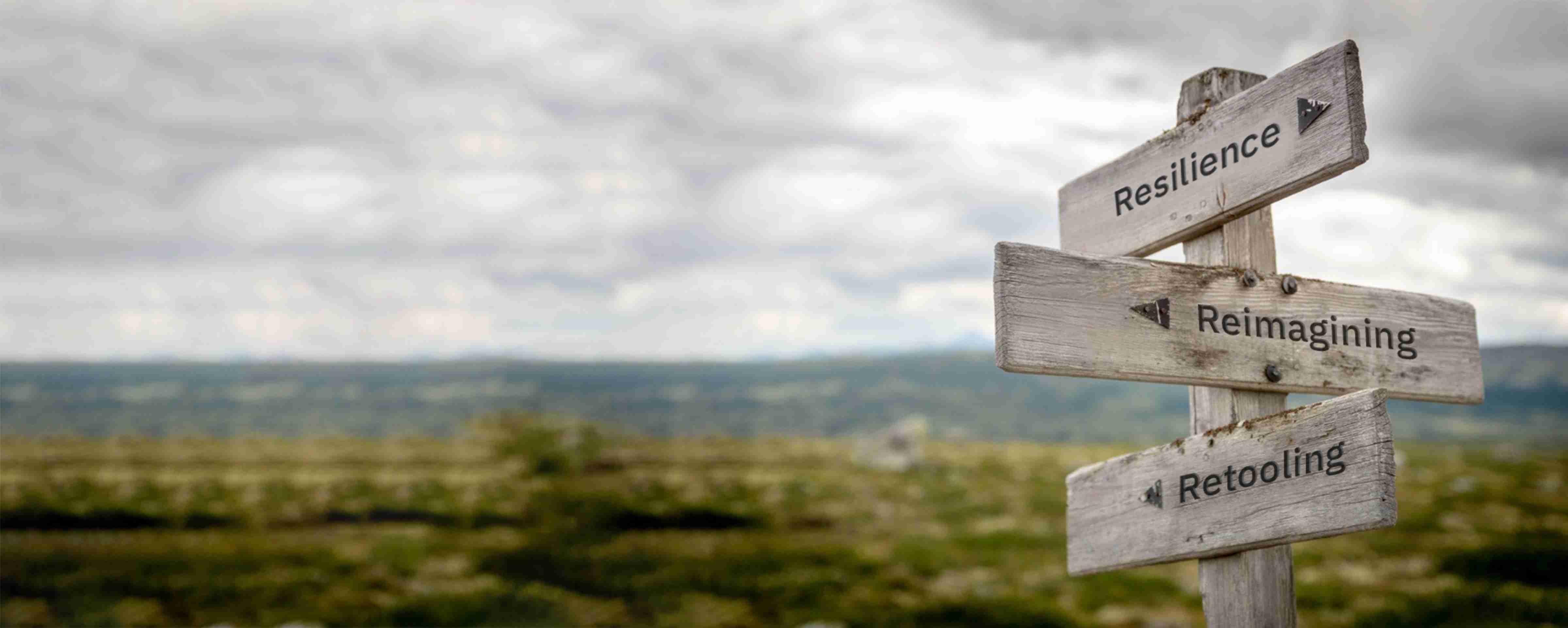Addressing Major Learning Gaps in Minorities & Economically Challenged Students
Location
Zoom Room 5
Start Date
25-3-2021 1:50 PM
End Date
25-3-2021 2:10 PM
Type of Presentation
Scholarly Work Presentation (15 minutes)
Proposal for Presentation
Education is afflicted with a major problem stemming from a partial investment in human capital. Statistics regarding minorities and economically challenged students suggest educational gaps impede them from further educational opportunities. Unfortunately, few students from low-income areas graduate from high school due to gaps in their learning. The main causes of these gaps have been identified as the following: inadequately trained/resourced teachers, poor parental and community environment/modeling/involvement, and lack of extracurricular enrichment opportunities. Gap-closing solutions and readying learners for academic success, calls for a simultaneous shift in what occurs within and without the academic setting by terminating the compartmentalization of education. The solution lies in merging moral values, intentional seeking through brain science awareness, and educating via culturally responsive modalities.
Addressing Major Learning Gaps in Minorities & Economically Challenged Students
Zoom Room 5
Education is afflicted with a major problem stemming from a partial investment in human capital. Statistics regarding minorities and economically challenged students suggest educational gaps impede them from further educational opportunities. Unfortunately, few students from low-income areas graduate from high school due to gaps in their learning. The main causes of these gaps have been identified as the following: inadequately trained/resourced teachers, poor parental and community environment/modeling/involvement, and lack of extracurricular enrichment opportunities. Gap-closing solutions and readying learners for academic success, calls for a simultaneous shift in what occurs within and without the academic setting by terminating the compartmentalization of education. The solution lies in merging moral values, intentional seeking through brain science awareness, and educating via culturally responsive modalities.




Acknowledgments
"Widening gaps: What NAPLAN tells us about student progress" Peter James Edward Goss, Julie Sonnemann, Cameron Chisholm, Lucy Nelson Grattan Institute, 2016
"Do Schools Reinforce or Reduce Learning Gaps between Advantaged and Disadvantages Students?" Paul Glewwe, Sofya Krutikova, and Caine Rolleston The University of Chicago Press Journals Economic Development and Cultural Change Vol. 65 Number 4
"Achievement gaps in education" Allan C. Ornstein Society 47 (5), 424-429, 210
Moral education in America: Schools and the shaping of character from colonial times to the present B. Edward McClellan Teachers College Press, Columbia University 1999
https://nces.ed.gov/pubs2019/2019038.pdf
The God-shaped Brain Timothy R. Jennings, M.D.
How God Changes Your Brain Andrew Newberg, M.D., Mark Robert Waldman 2009
The Knowledge Deficit: Closing the Shocking Education Gap for American Children E.D. Hirsch, Jr.
Who Believes in Me? The Effect of Student-Teacher Demographic Match on Teacher Expectations Seth Gershenson, Stephen B. Holt, Nicholas Papageorge
2015. "Social Identity and Achievement Gaps: Evidence from an Affirmation Intervention." Journal of Research on Educational Effectiveness 8:149-168
Curwin, Richard. 2012. "Believing in Students: The Power to Make a Difference." Edutopia (blog). December 26. http://www.edutopia.org/blog/believing-in-students-richard-curwin (accessed January 24, 2021)
Golebiewski, David. 2012. "What makes a Teacher Great? Ask the Students." Pittsburg.
Rosenthal, Robert, and Lenore Jacobson. 1968. "Pygmalion in the Classroom." Urban Review 3 (1): 16-20.
Spitzer, Brian James, and Joshua Aronson. 2015. "Minding and Mending the Gap: Social Psychological Inteventions to Reduce Educational Disparities." British Journal of Educational Psychology 85 (1): 1-18